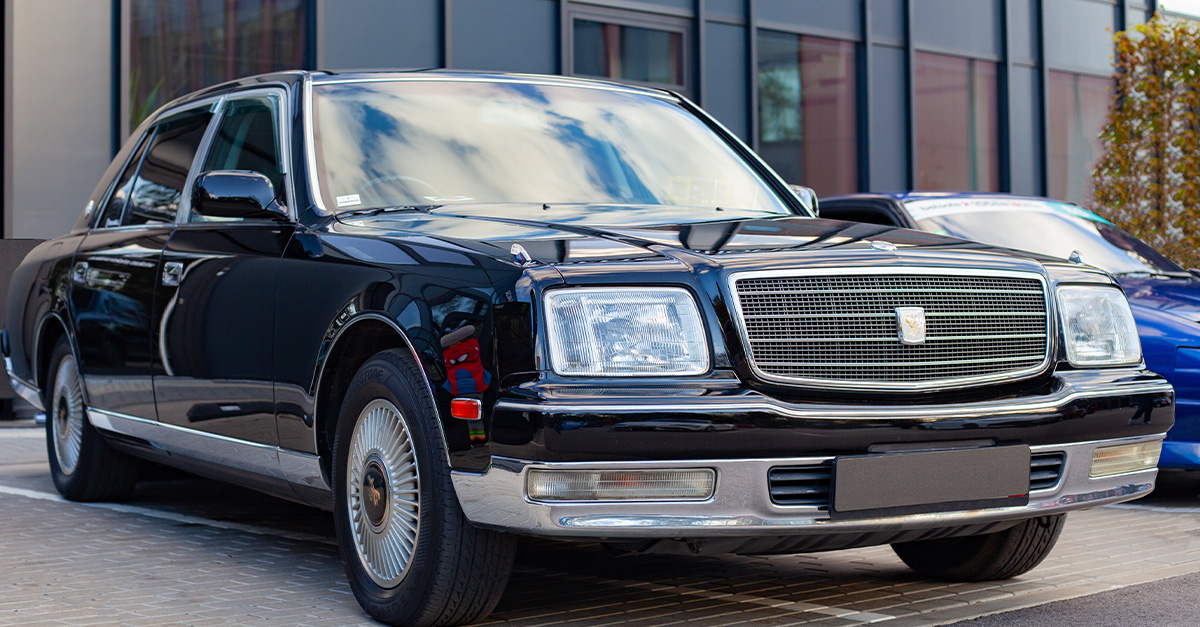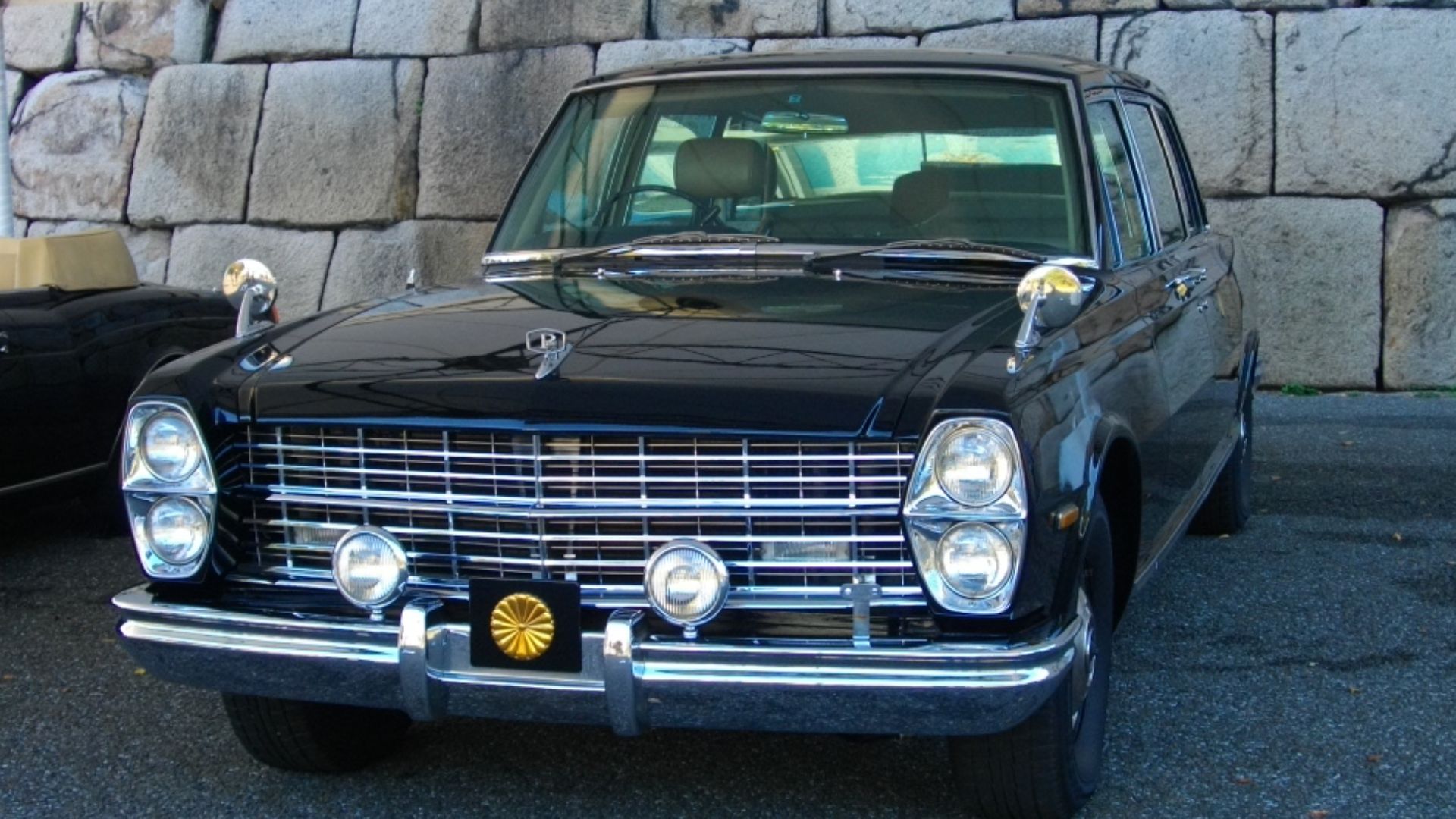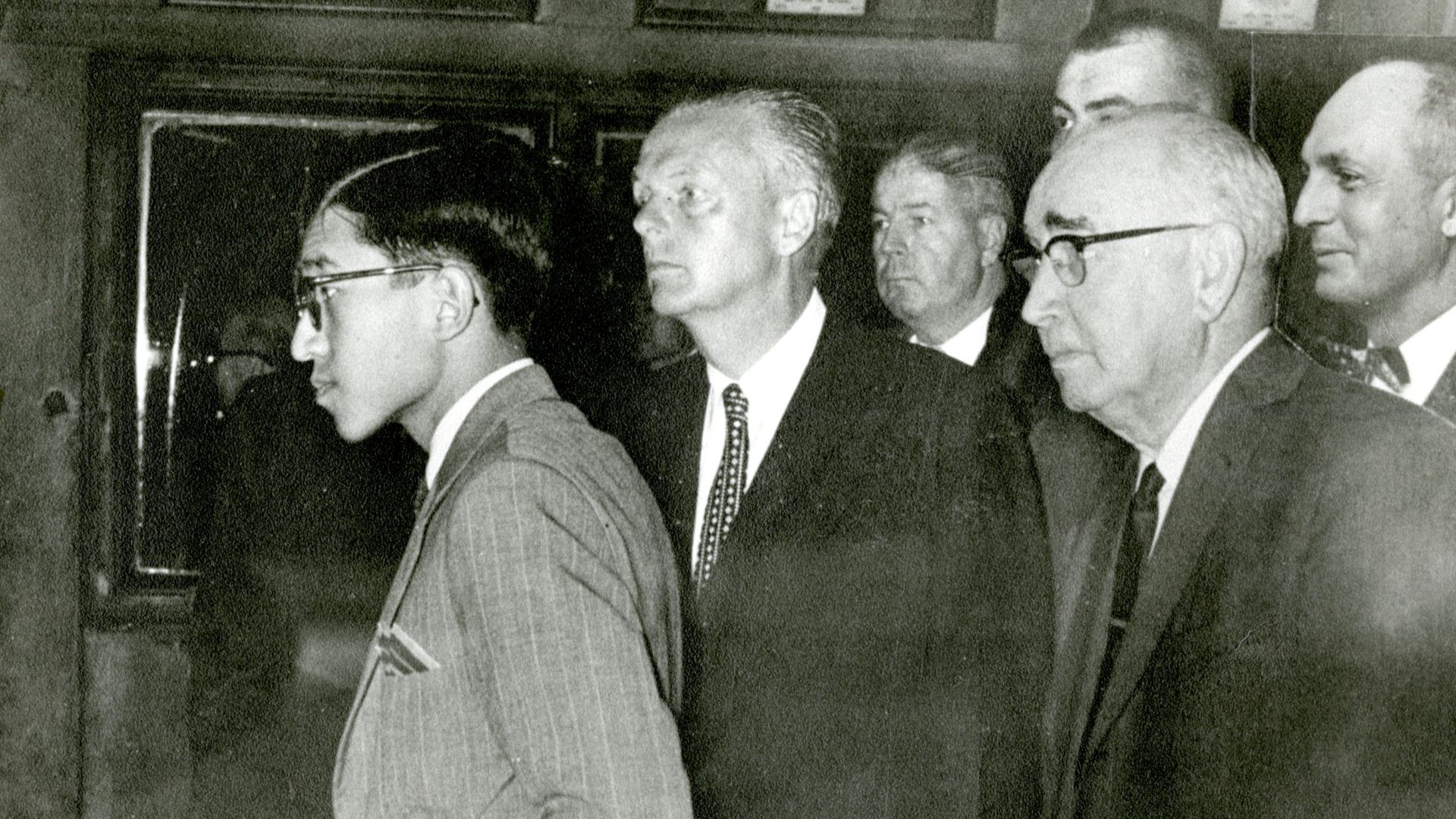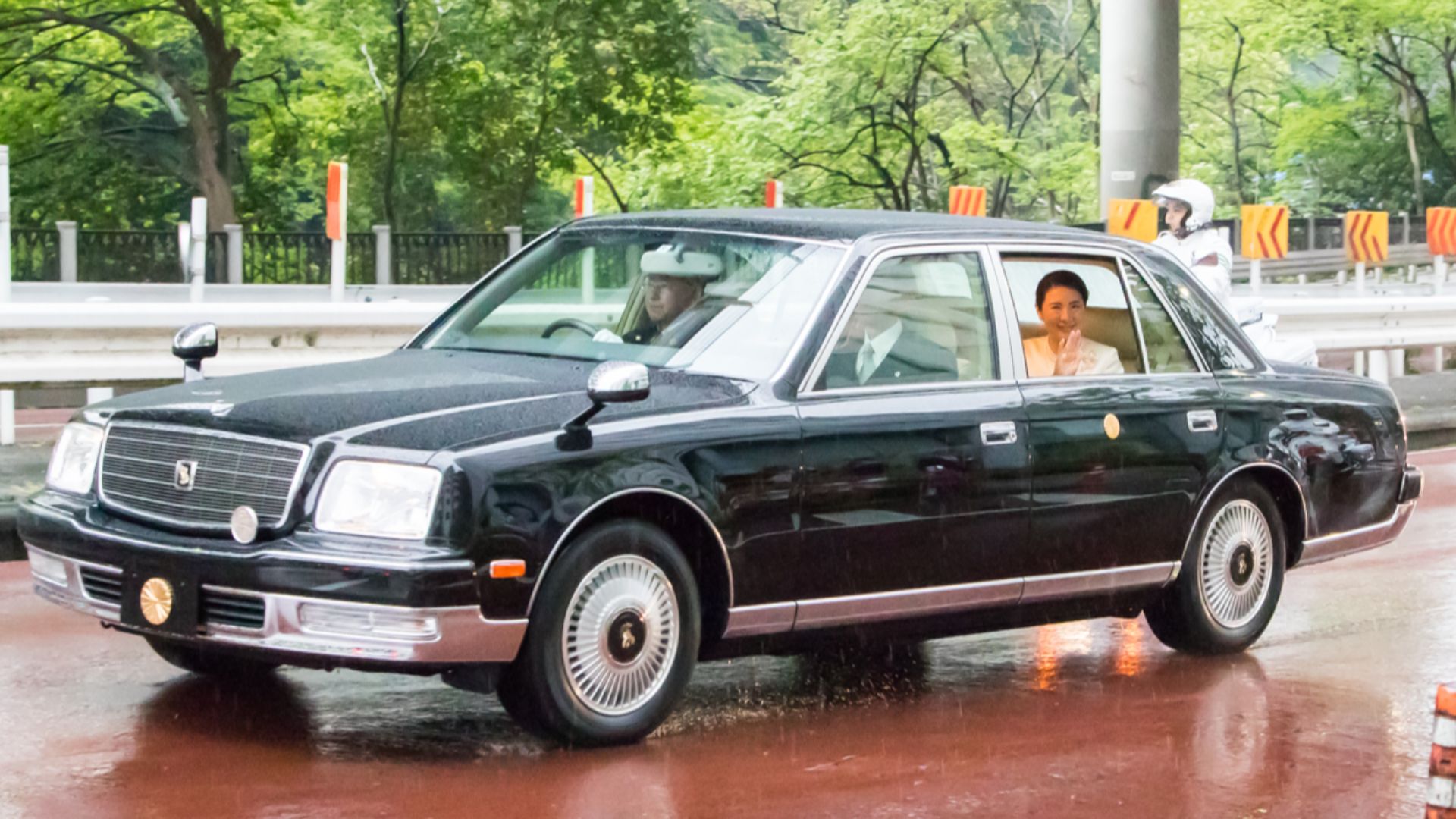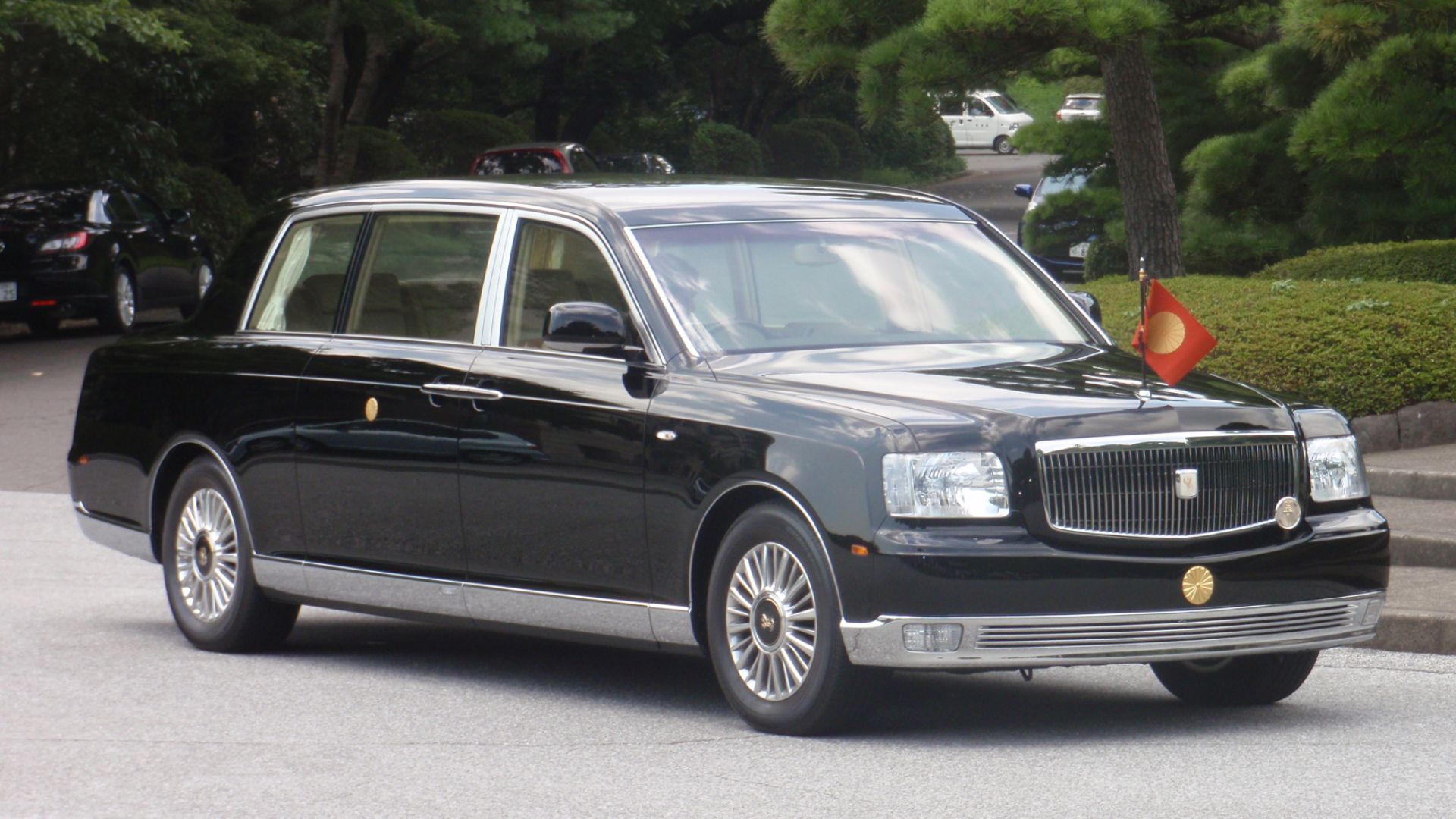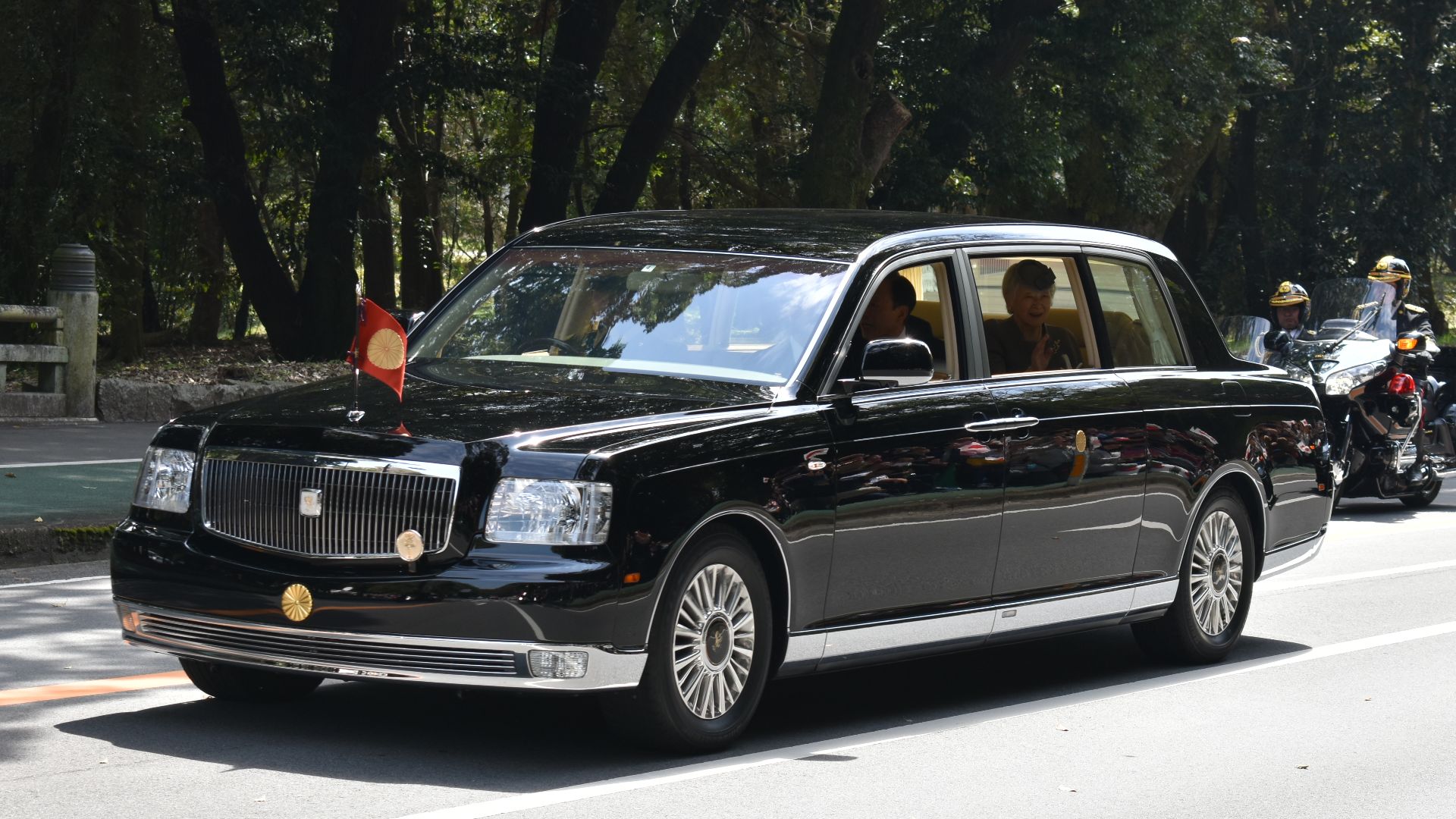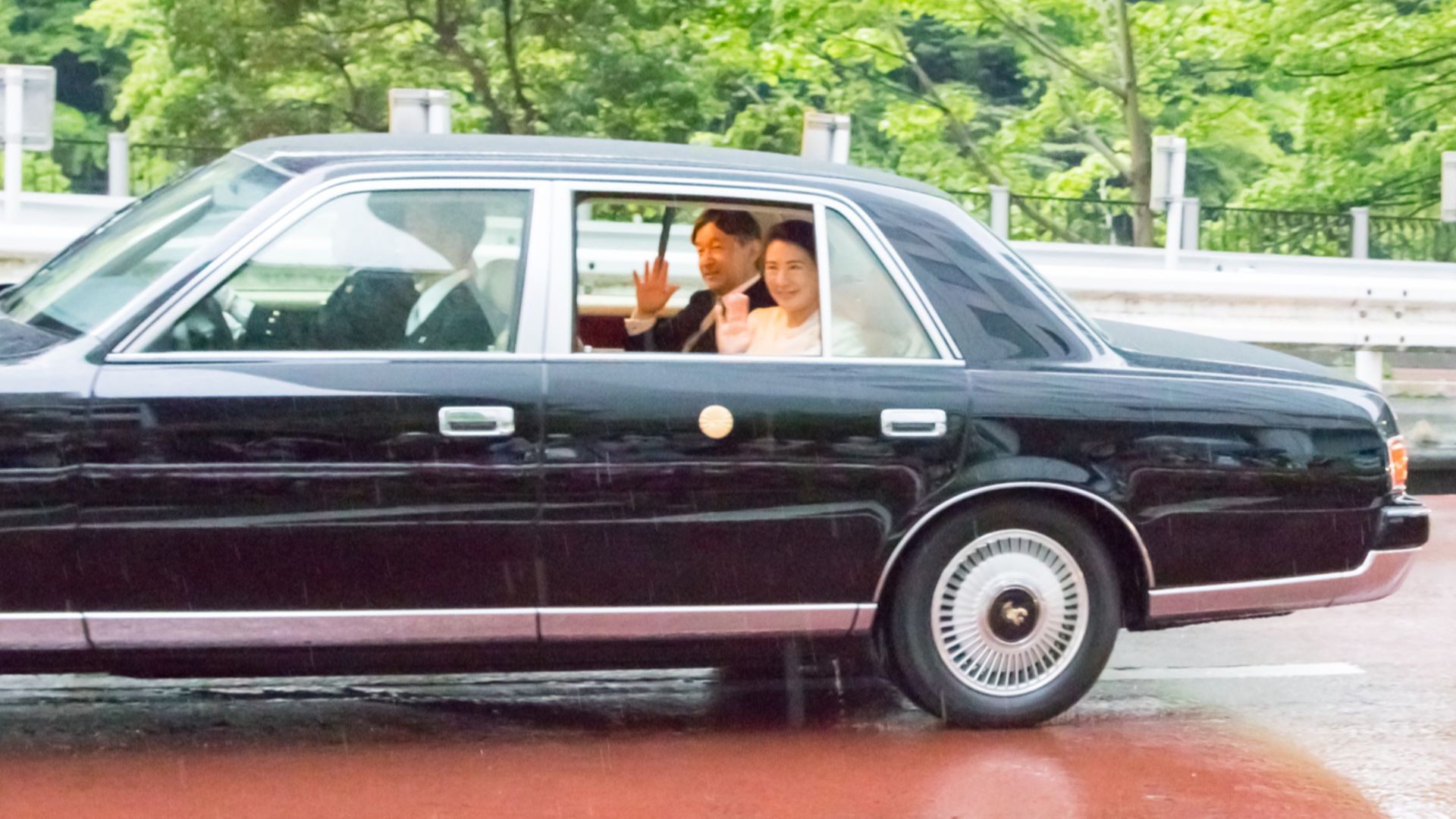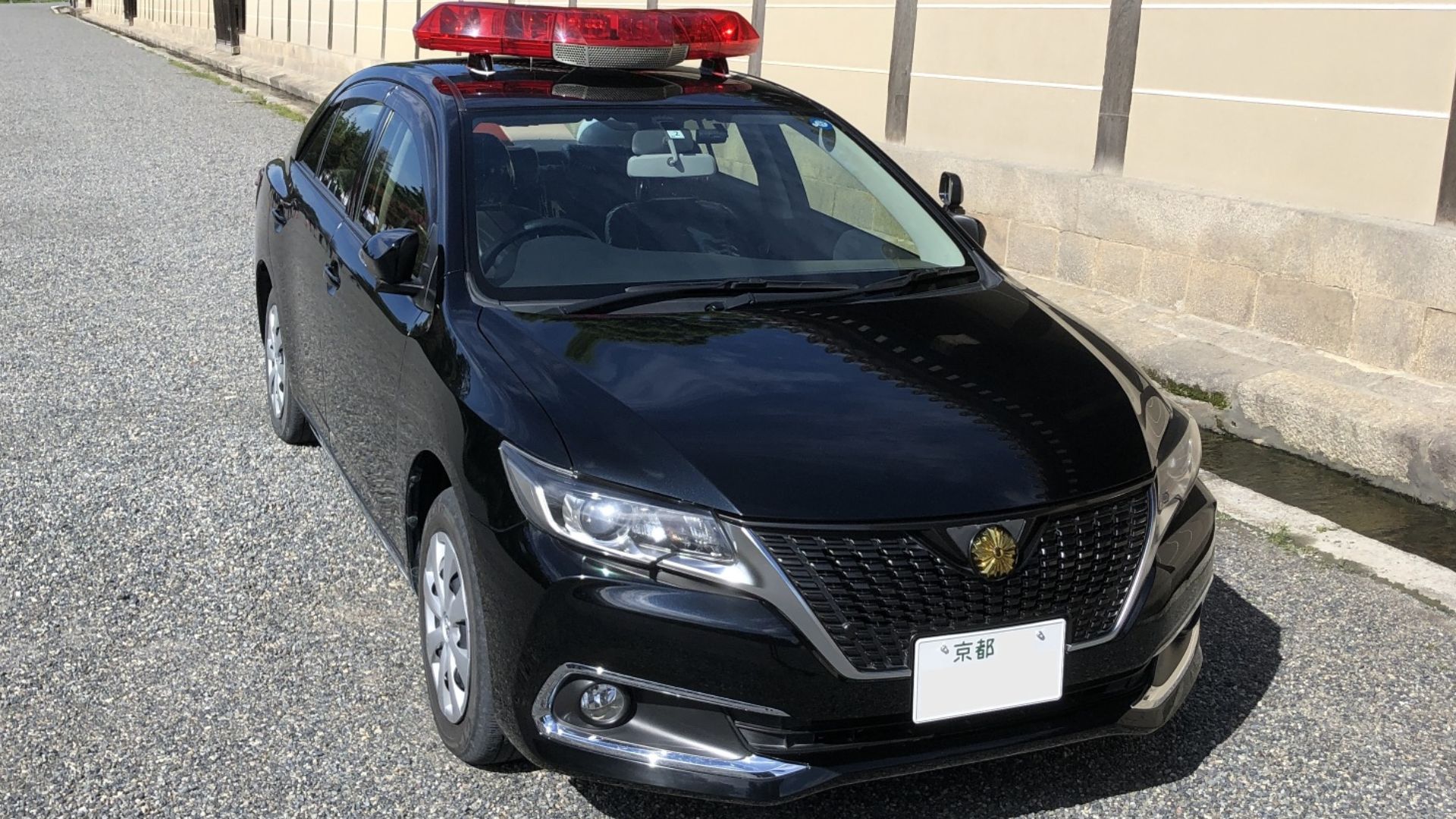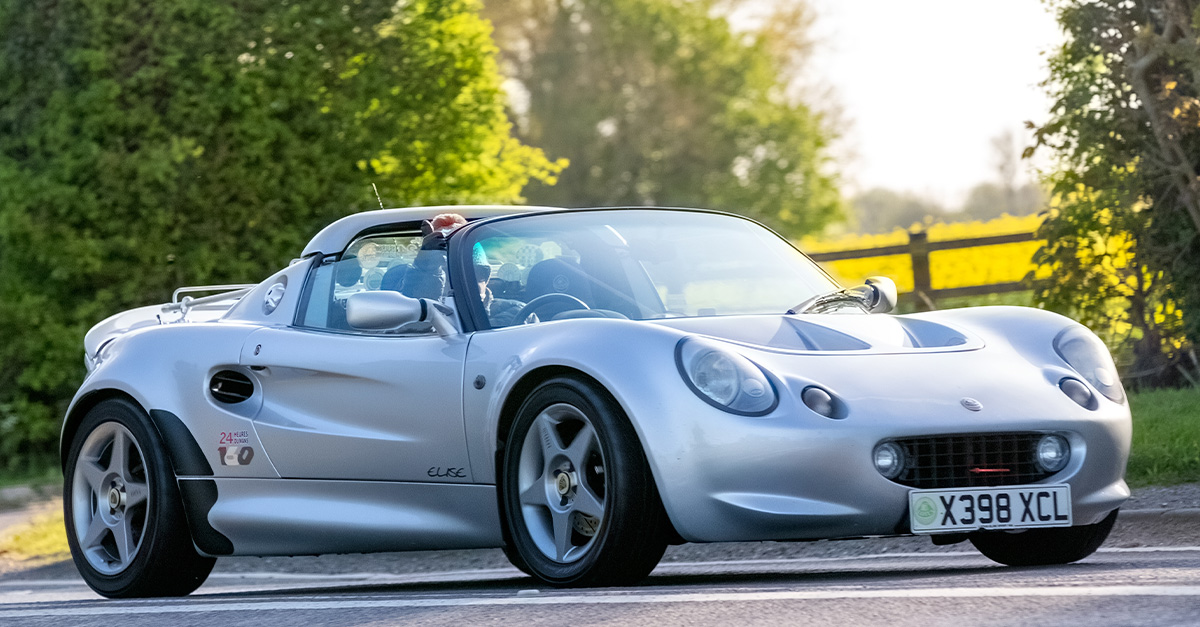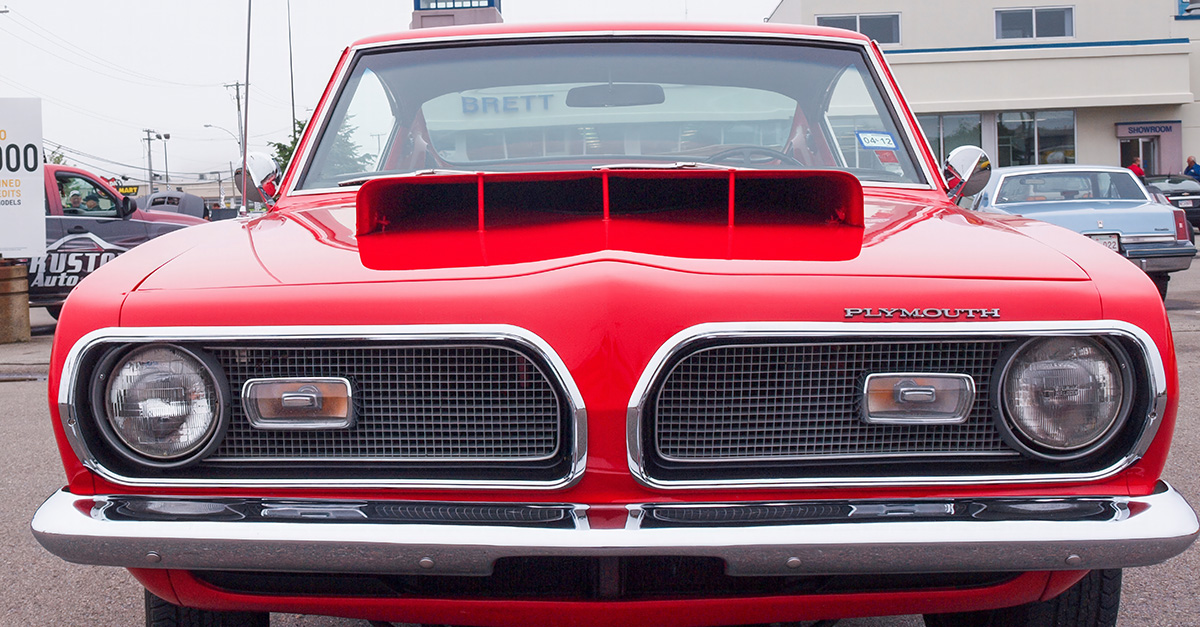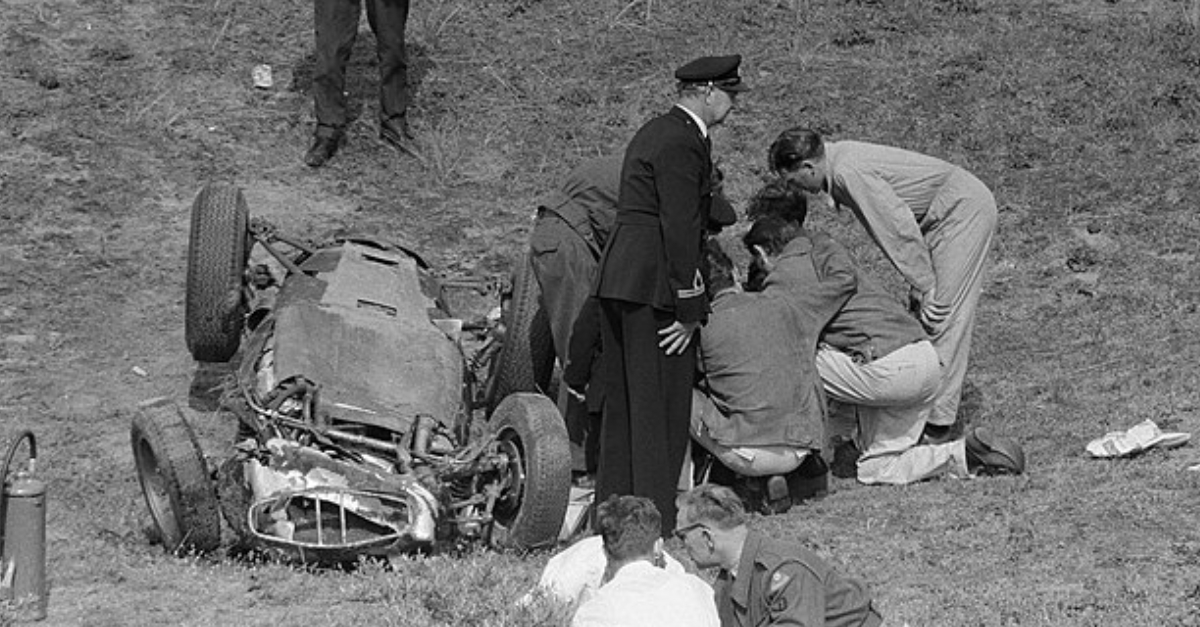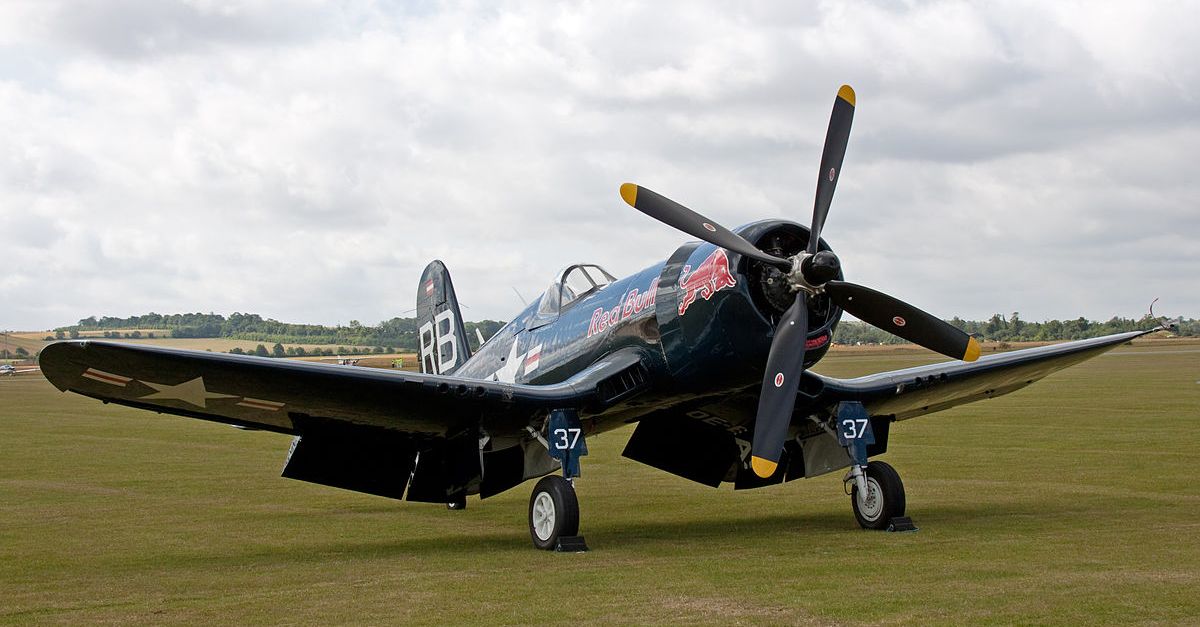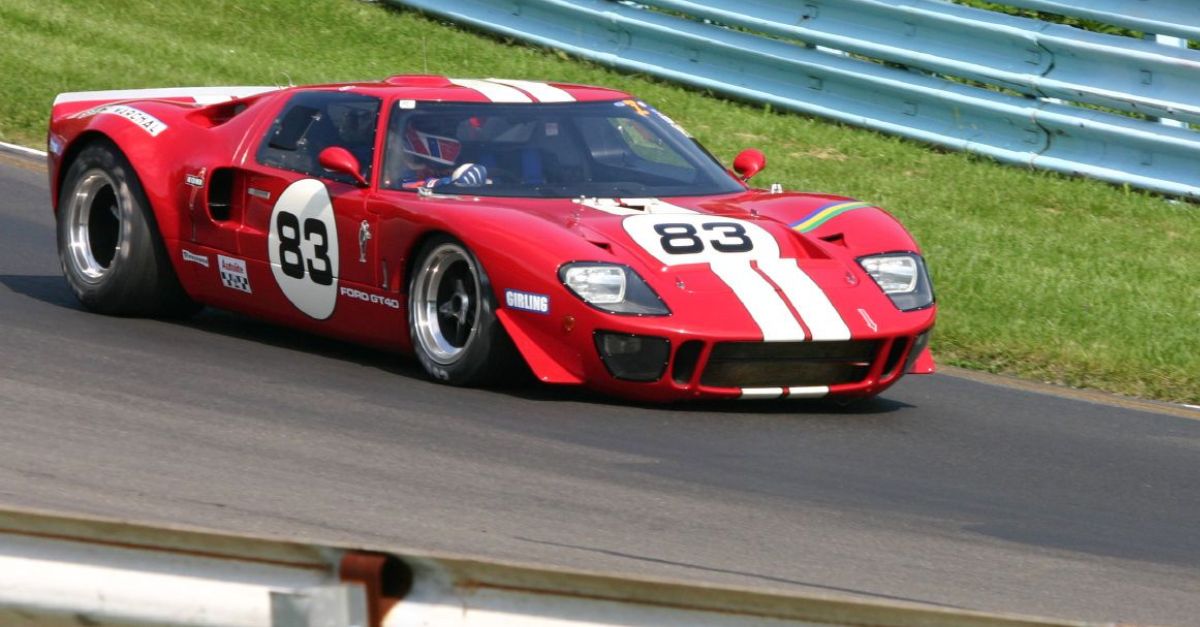A Symbol of Prestige and Power
The Emperor of Japan travels in a fleet of meticulously maintained, custom-built limousines that reflect the changing values of Japanese society. These cars symbolize technological excellence, stately dignity, and cultural tradition. Each vehicle is a mechanical ambassador of heritage and national pride, wrapped in quiet opulence.
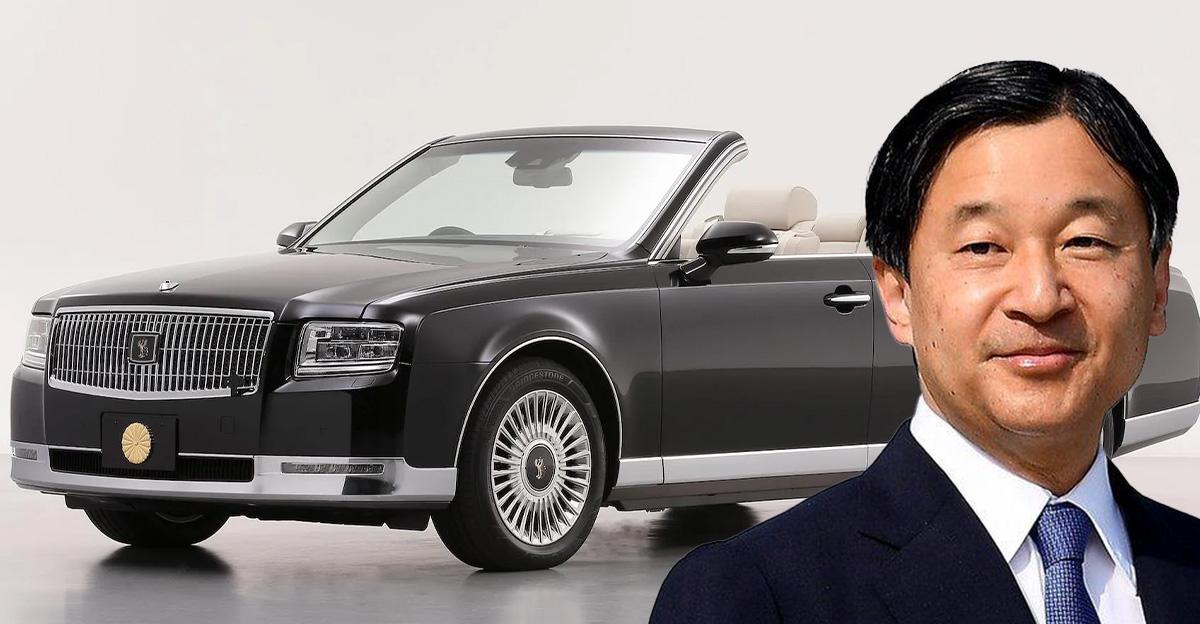
The Birth Of Imperial Automotive Protection (1935)
In 1935, Daimler-Benz delivered the first fully armored Mercedes-Benz 770 Grand Pullman to Emperor Hirohito. Designed for maximum protection, it embodied the tense prewar atmosphere and political significance of the monarchy.
Engineering For An Emperor
The Mercedes 770 Pullman housed a 7.7 L inline-8 engine producing 150 to 200HP, depending on whether a supercharger was engaged. Its top speed of 100 MPH was astonishing for an armored car weighing nearly three tons. The car’s bulletproof glass and reinforced frame were ahead of their time.
Navigating Post‑War Diplomacy With American Style (1951–1970)
Postwar modernization brought in the Cadillac Series 75 as the Emperor's new state limousine. Its 5.4 L V8 engine delivered about 200HP, coupled with Hydra-Matic transmission and smooth suspension. This transition symbolized Japan’s alignment with Western powers and a move toward modern ceremonial display.
A Brief Continuation of German Engineering
During the early 1960s, Japan temporarily retained the Mercedes-Benz 770 W07 model as part of the Imperial fleet. Its supercharged inline-8 produced 200HP and maintained a top speed near 100 MPH. It bridged the legacy of prewar luxury with postwar elegance before domestic designs took center stage.
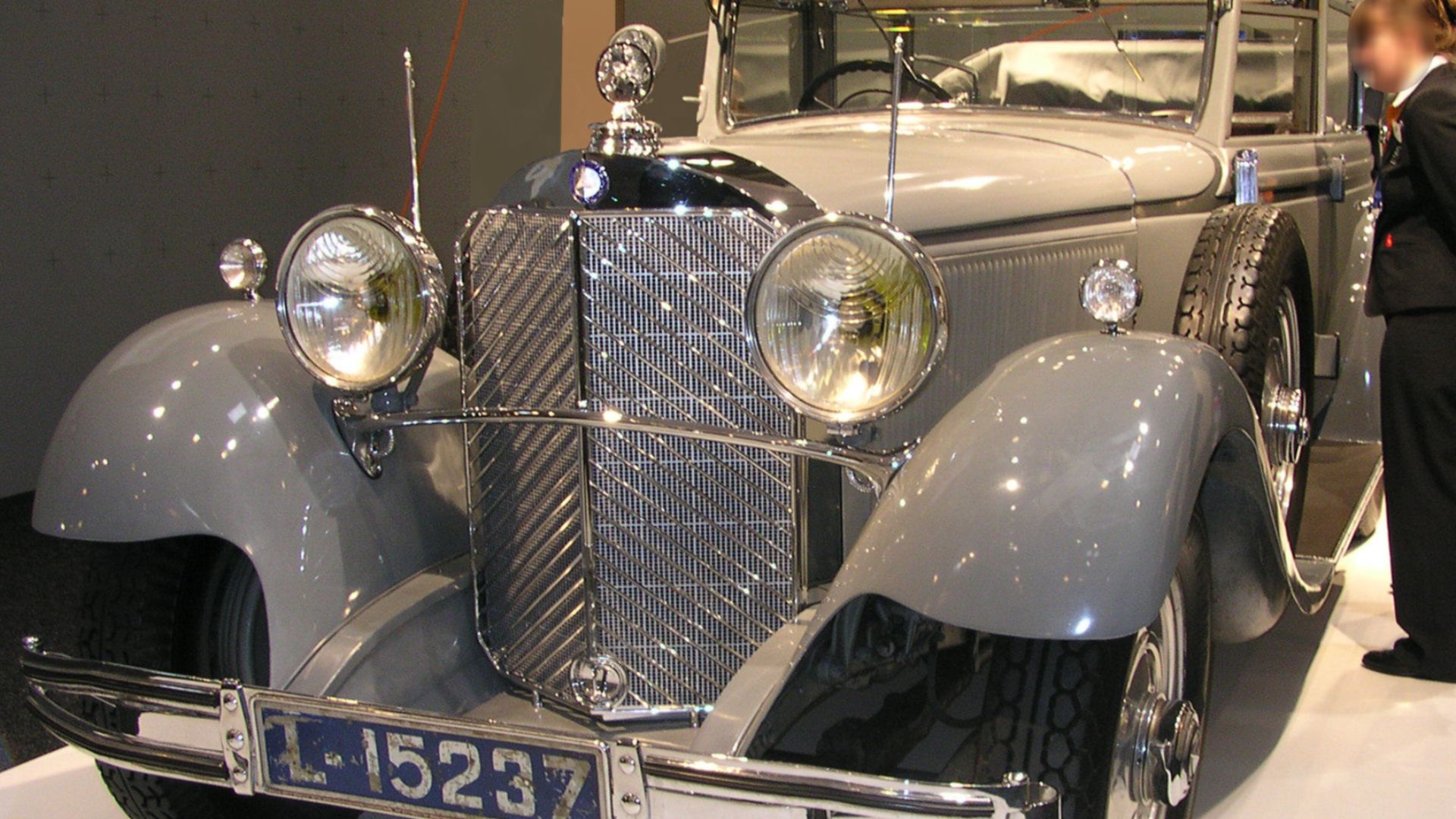 Norbert Schnitzler, Wikimedia Commons
Norbert Schnitzler, Wikimedia Commons
The Prince Royal Ushers In A New Era (1967)
The debut of the Nissan Prince Royal in 1967 marked Japan's rise in industrial confidence. Commissioned specifically for the Emperor, the car symbolized self-reliance. It combined luxurious craftsmanship with engineering integrity and proudly carried the national flag during high-level ceremonies, parades, and diplomatic occasions for four decades.
Purpose‑Built For Imperial Dignity
This limousine featured a massive 6.4 L W64 V8 engine delivering 260HP. Despite its gargantuan 7,000-pound weight, it could reach up to 100 MPH. The 3-row layout included a hidden middle security bench, and the transmission was a GM-sourced Turbo-Hydramatic 3-speed automatic.
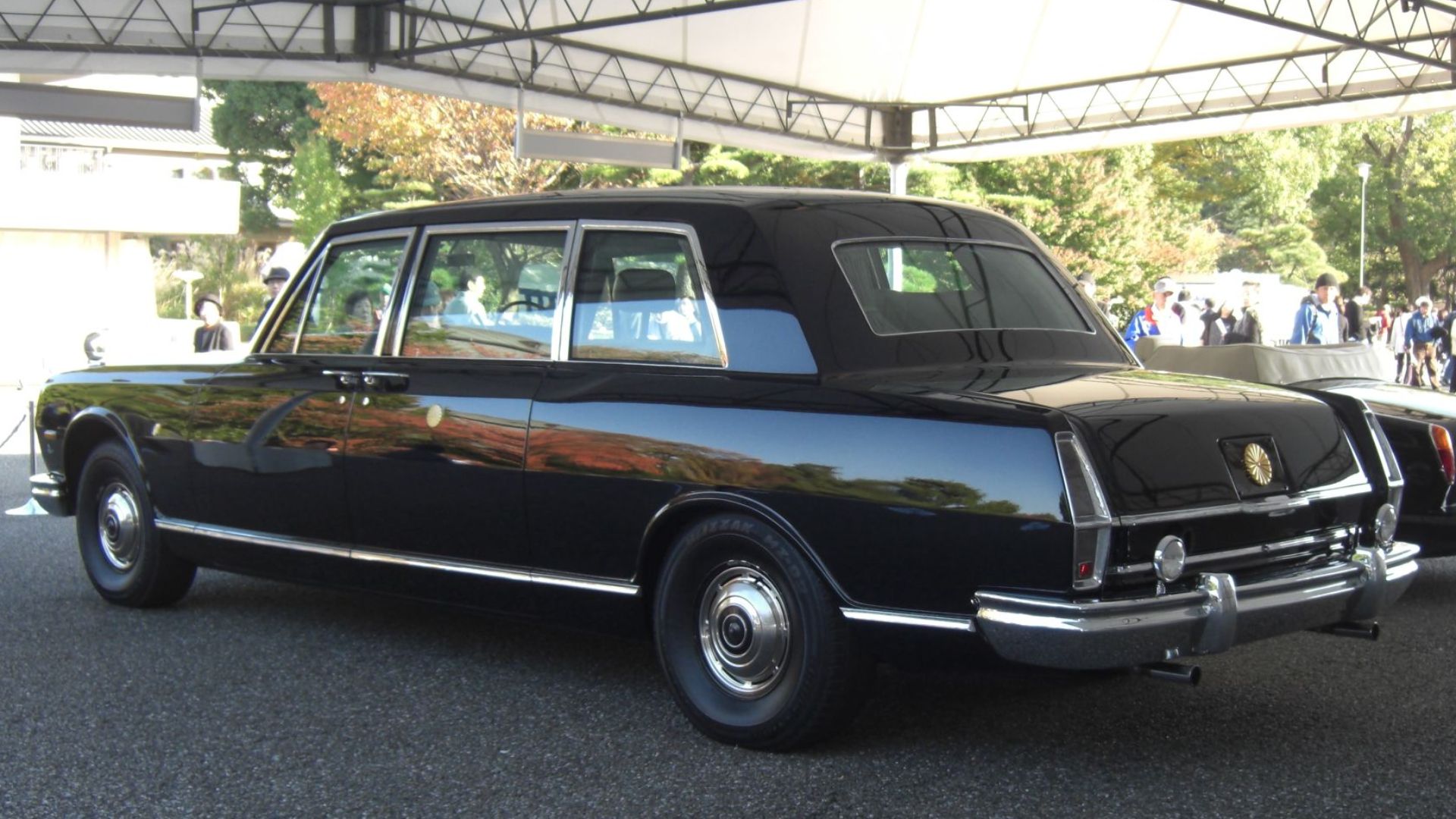 Coptic Light, Wikimedia Commons
Coptic Light, Wikimedia Commons
Comfort And Communication
Nissan spared no expense in creating interior elegance: wool upholstery, rear-compartment air conditioning, and a private communication line to the chauffeur. The pressurized cabin, soundproofing, and thick double-glazed windows created an atmosphere of quiet grandeur. Bridgestone custom tires and reinforced axles were used for strength and durability.
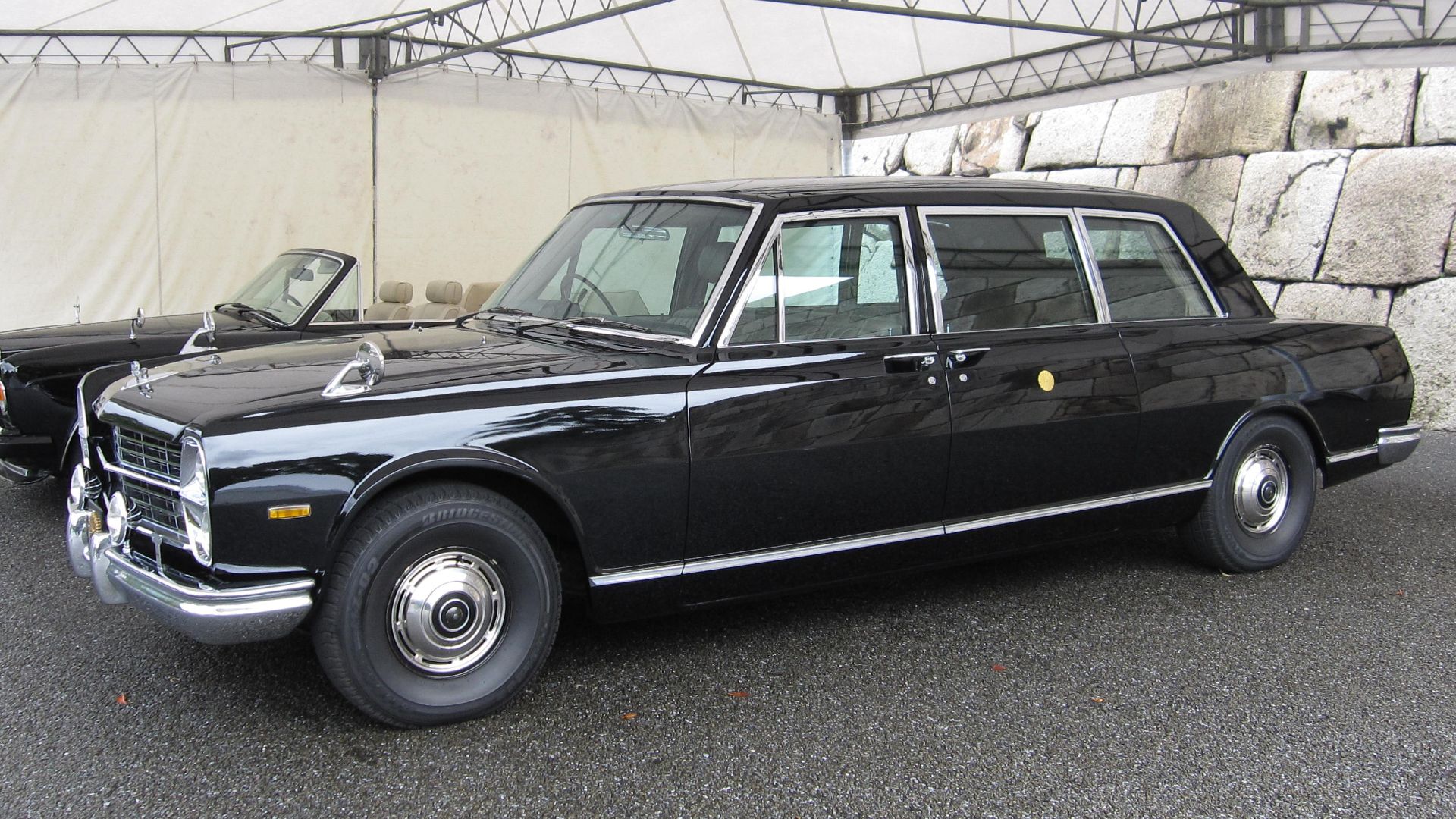 Photo by me., Wikimedia Commons
Photo by me., Wikimedia Commons
Serving Four Decades Of Imperial Rule
The Prince Royal was active from 1967 through 2006, carrying both Emperor Hirohito and later Akihito. It represented a seamless blend of ceremonial dignity and mechanical dependability. Over its nearly 40-year service life, it remained a testament to Japanese automotive strength and imperial tradition in motion.
A Convertible For Celebration (1990–1993)
In 1990 and 1993, a Rolls-Royce Corniche III convertible was selected for imperial ceremonies, including Emperor Akihito’s enthronement. It featured a 6.8 L V8 delivering around 237HP and a top speed of 135 MPH. Its open design allowed citizens to witness and celebrate these rare, majestic state events.
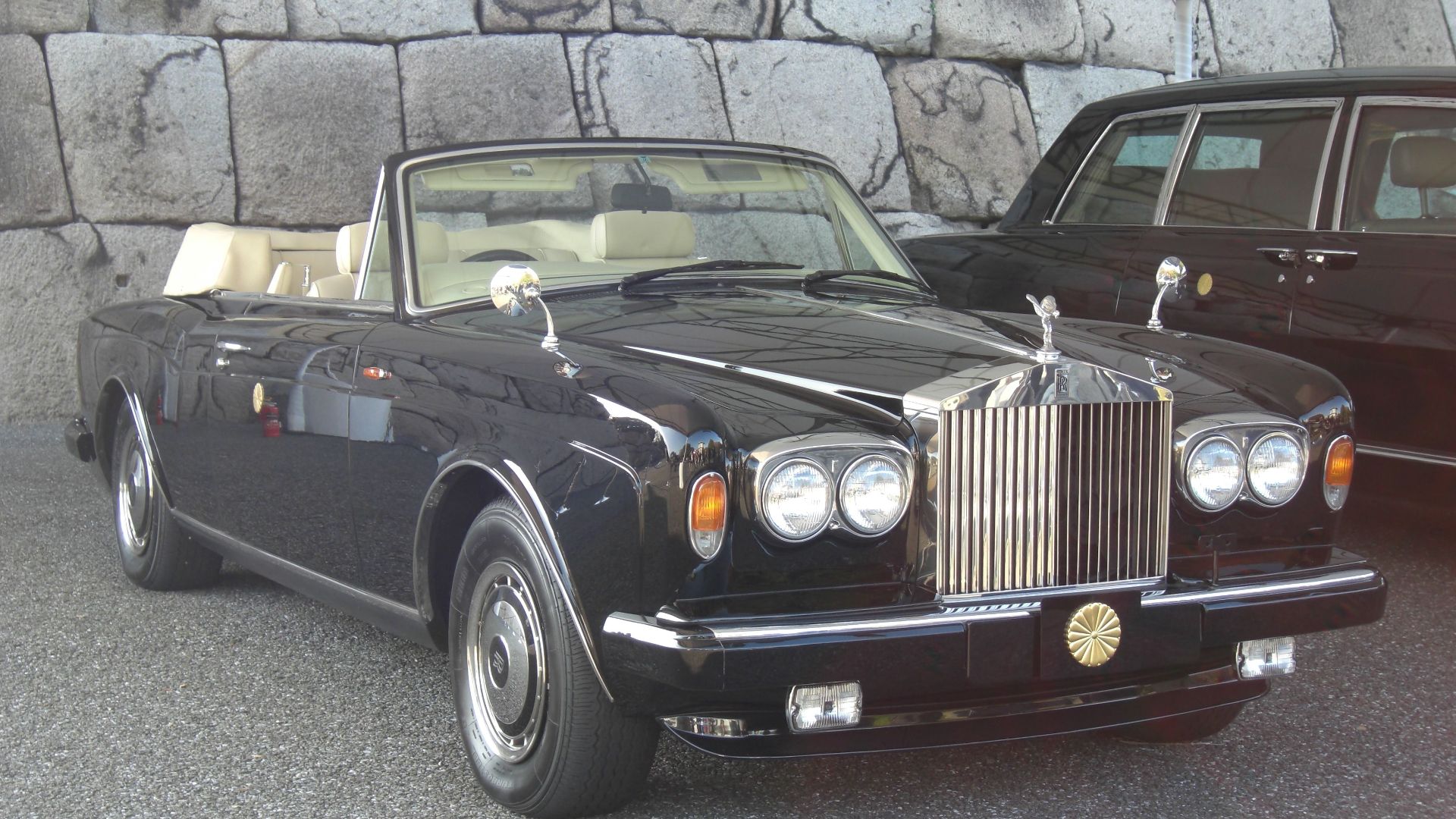 Coptic Light, Wikimedia Commons
Coptic Light, Wikimedia Commons
The Arrival Of The Century Royal (2006)
The 2006 introduction of the Toyota Century Royal heralded a new generation of homegrown luxury, tailored for the imperial family. Powered by a 5.0 L V12 engine producing 276HP and a top speed of 130 MPH, the car reflected both tradition and cutting-edge Japanese automotive design.
Stately In Size And Detail
At over 20.1 feet in length and nearly 6.8 feet wide, the Century Royal is larger than most production sedans. Its ride comfort is ensured by an extended wheelbase, double-wishbone suspension, and air springs. A 6-speed automatic transmission delivers seamless propulsion for ultra-smooth ceremonial journeys.
V12 Power With Regal Grace
Despite its massive size, the Century Royal can accelerate from 0–60 MPH in about 8 seconds and reach a top speed of 130 MPH. Its V12 engine runs so quietly that it's virtually silent at idle. The transmission and suspension are tuned for an almost floating experience, isolating the Emperor from outside noise.
An Interior Fit For An Emperor
Every detail in the cabin was custom designed: leather seats in the front, wool in the rear, rice-paper headliners, and adjustable ambient lighting. Even the granite entry steps were included to maintain formality during ingress and egress. Hidden compartments and ceremonial storage features complete the design.
Security Enhancements
Though details are classified, the Century Royal includes multi-layered armor, reinforced flooring, run-flat tires, and advanced blast protection. The glass is bullet-resistant, and some units may be hermetically sealed. These upgrades ensure complete safety while maintaining the graceful aesthetic of an unassuming state limousine.
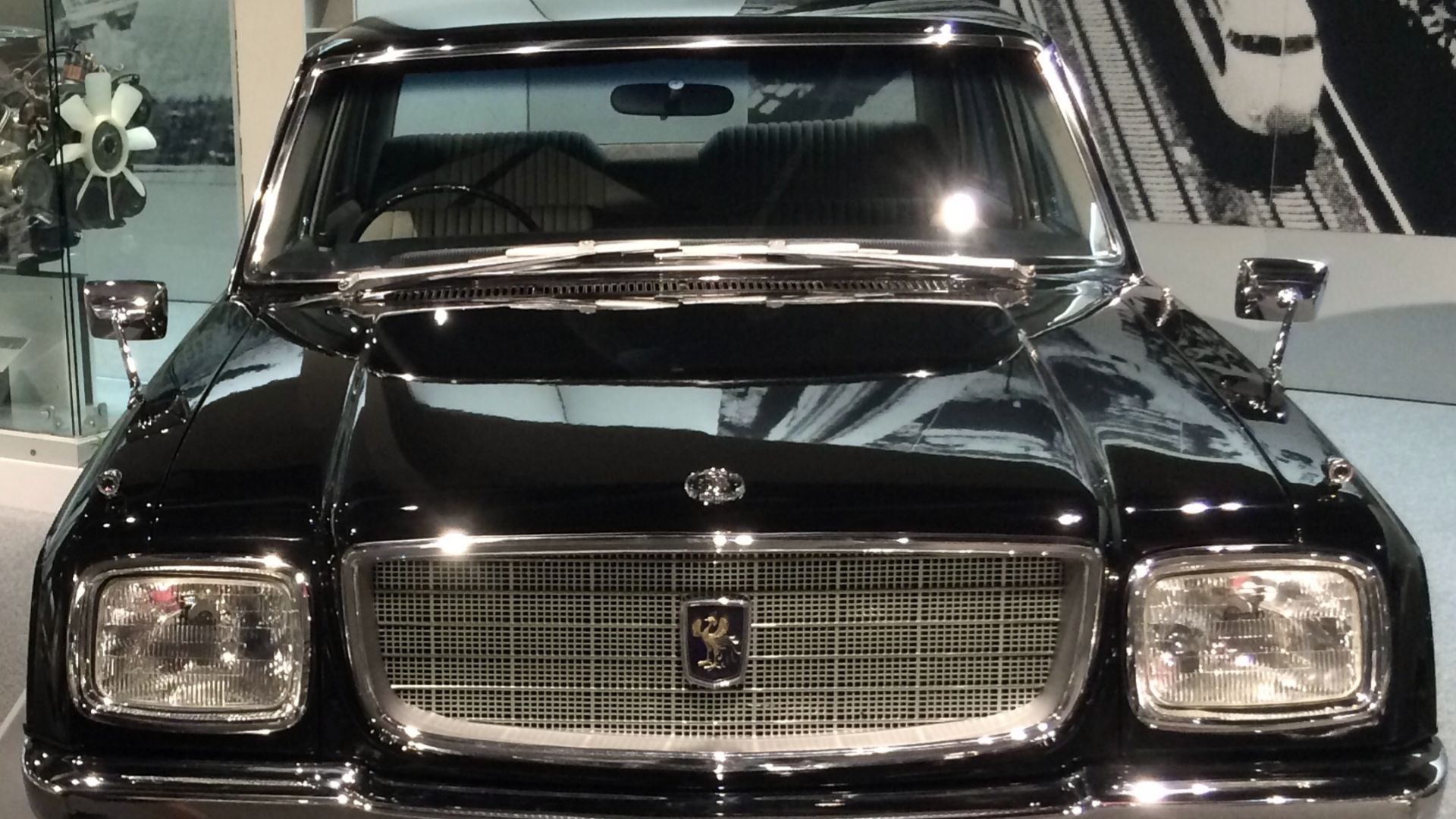 Ghostofakina, Wikimedia Commons
Ghostofakina, Wikimedia Commons
Roles Within The Fleet
Five Century Royals were commissioned. Empress 1 serves the Emperor daily; Empress 2 was specially converted into a state funeral hearse. Empress 3 and 5 are reserved for foreign dignitaries. The vehicles are not available commercially and are built entirely by hand, with no expense spared.
A Parade Convertible For Reiwa (2019)
To mark Emperor Naruhito’s enthronement, Toyota unveiled a unique Century Convertible powered by a V8-hybrid system. This 4-seat, open-top landaulet was developed to provide 360-degree visibility. It featured reinforced underpinnings, reinforced doors, and ceremonial seating to safely showcase the imperial couple during the procession.
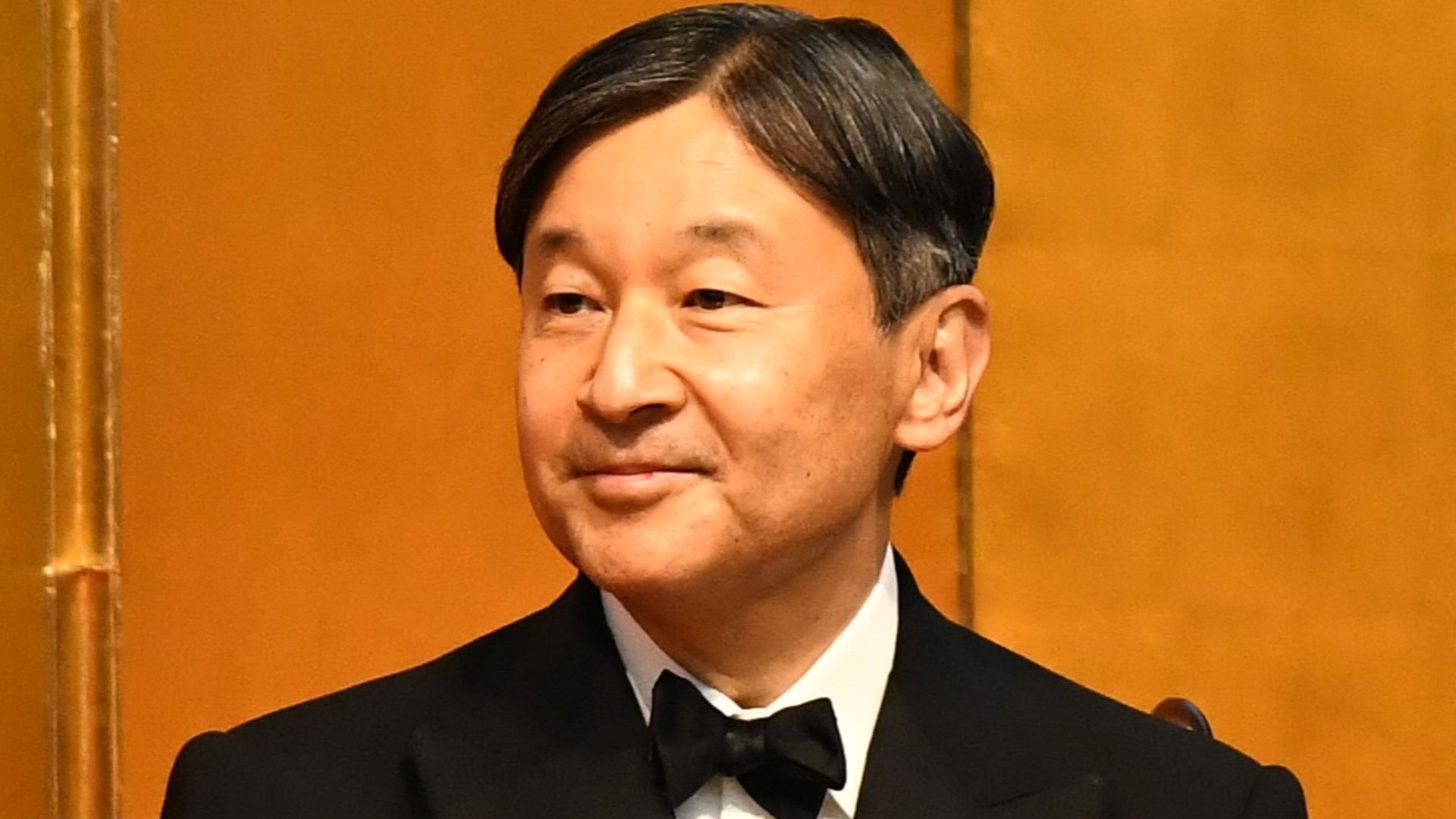 TICAD7 Photographs, Wikimedia Commons
TICAD7 Photographs, Wikimedia Commons
Design For National Celebration
The Century Convertible retained the performance DNA of its V12 sibling but was fitted with hybrid-assisted V8 propulsion. It included a manually removable roof panel, ceremonial chrysanthemum emblems, side flags, and a polished rear deck. It was designed to offer dignified visibility and nationwide celebration.
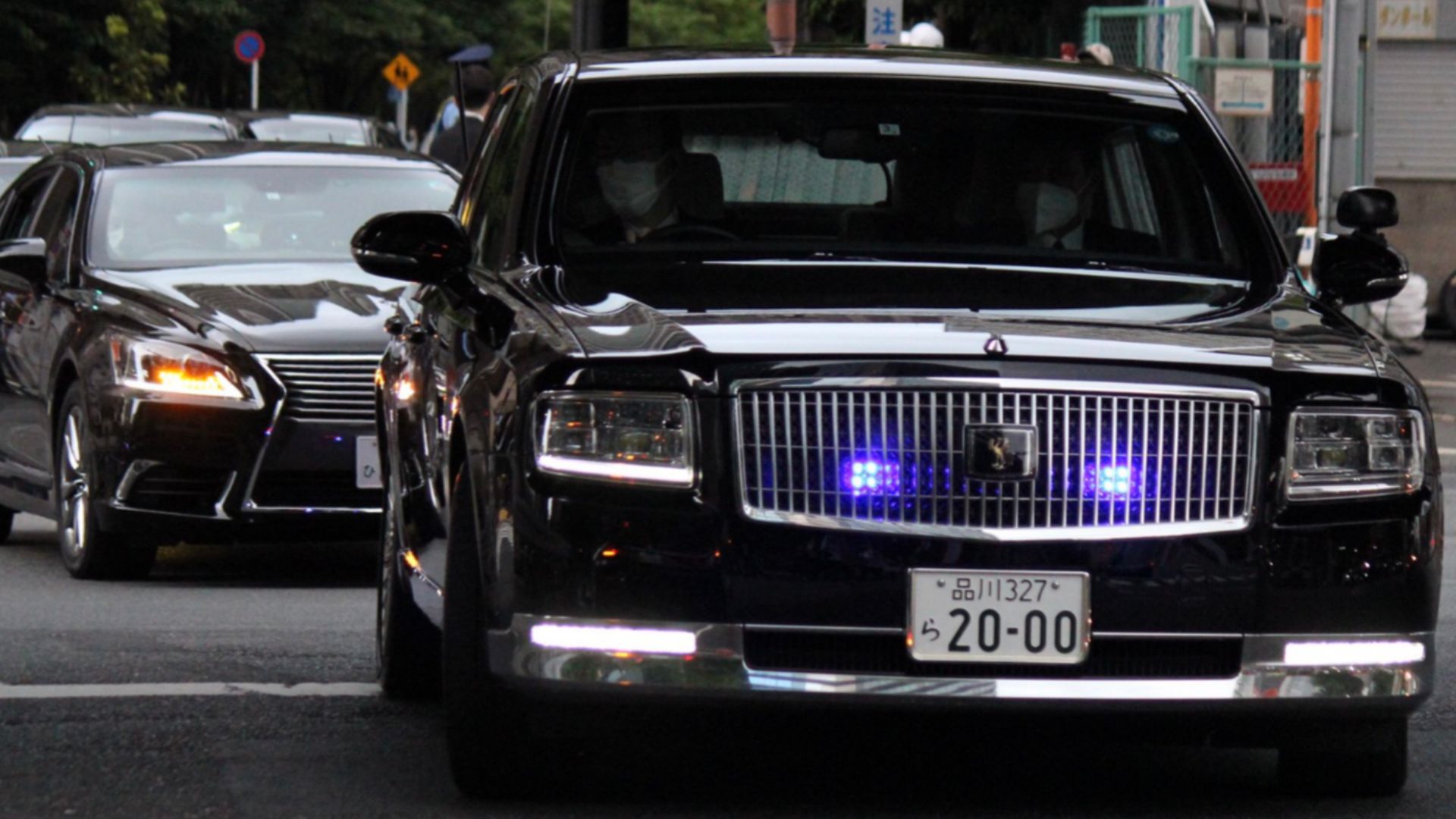 Second machine, Wikimedia Commons
Second machine, Wikimedia Commons
A Fleet for Every Occasion
The modern imperial garage includes four Century Royals, the unique Convertible, and hybrid Toyota Century and Lexus LS models used for escort or backup. All are maintained in pristine condition and rotated depending on occasion—state visits, parades, funerals, or day-to-day royal engagements.
The Emperor Rides In Style
The Emperor’s limousines are more than transportation—they are national treasures on wheels. From German armored giants to Japanese V12 masterpieces, each model encapsulates Japan’s diplomatic posture, historical eras, and reverence for royalty. Quiet, safe, and sublime, these machines ensure the monarchy rides with honor and grace.
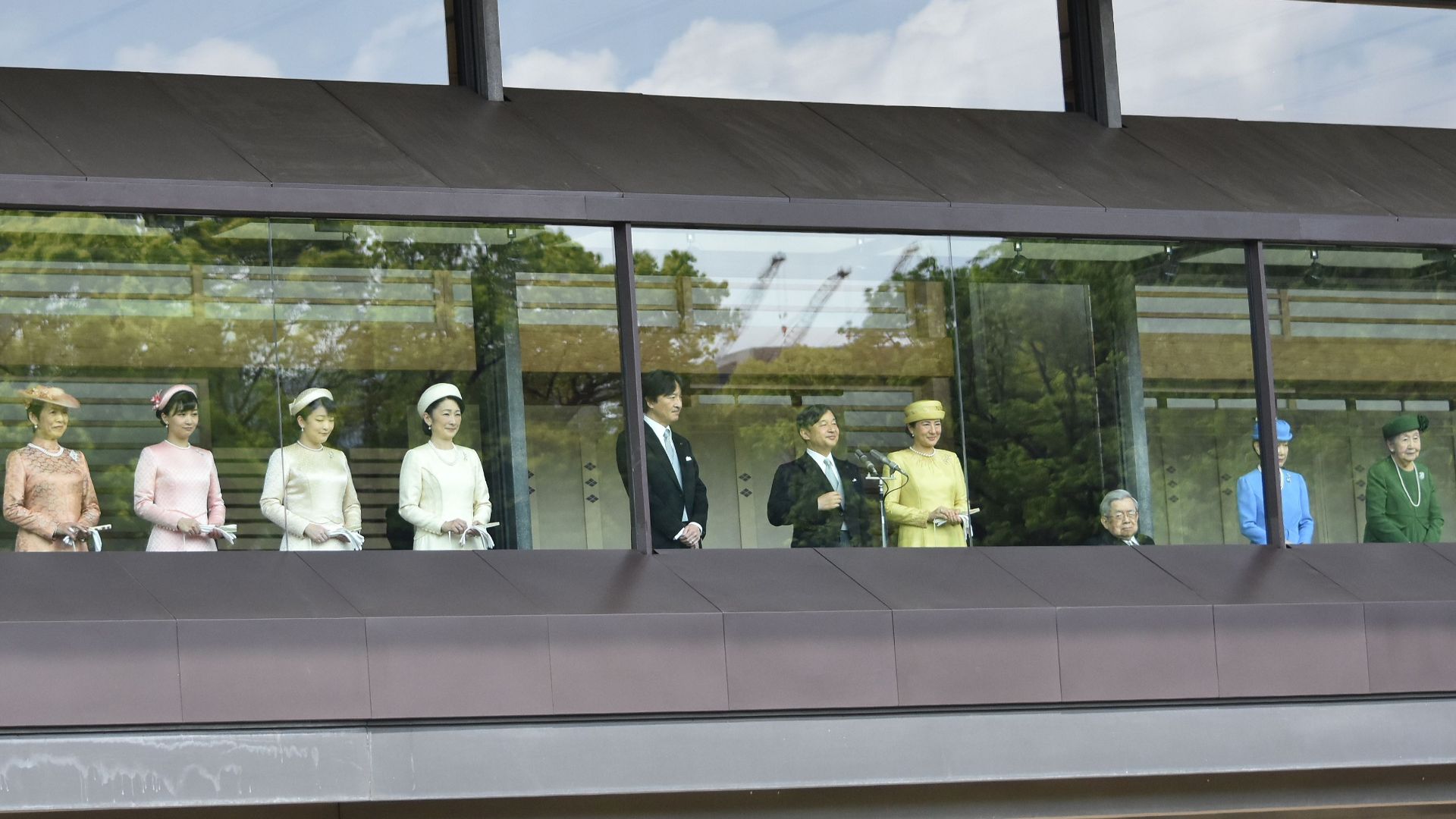 Edo Village Special, Wikimedia Commons
Edo Village Special, Wikimedia Commons
You May Also Like:
Trucks That Look Tough But Can't Handle High Mileage
The Annual Cost Of Owning A Car In Each State
The Most Iconic Supercars Of The 2000s
Sources: 1, 2, 3

